September 2024, we did the paddy for the third time. Water is very important for paddy farming. We really do not have ideal place for paddy farming, but we prepared it and we have to irrigate using our bore water which is very tough and risky. We would be lucky if we are going to get some rain in between.
Paddy Farming with Less Water: Sustainable Practices and Techniques
Introduction
Paddy farming, traditionally known for its high water requirements, faces significant challenges due to water scarcity and climate change. However, innovative practices and techniques can help farmers cultivate rice with less water while maintaining productivity and sustainability. This document explores various methods to achieve efficient water use in paddy farming.
1. Understanding Water Requirements in Paddy Farming
Paddy rice typically requires flooded conditions for optimal growth. However, excessive water use can lead to wastage and environmental issues. Understanding the water needs at different growth stages is crucial for implementing water-saving practices.
2. Alternate Wetting and Drying (AWD)
AWD is a water management technique that involves alternating between wet and dry conditions in the paddy field. This method allows the soil to dry out partially, reducing water usage by up to 30%. Key benefits include:
- Improved root growth and aeration.
- Reduced methane emissions.
- Enhanced nutrient uptake.
3. System of Rice Intensification (SRI)
SRI is an innovative approach that emphasizes the use of fewer seeds, wider spacing, and careful water management. Key principles include:
- Transplanting young seedlings.
- Maintaining moist soil rather than flooded conditions.
- Using organic fertilizers to enhance soil health.
4. Use of Drought-Resistant Varieties
Selecting rice varieties that are more tolerant to drought can significantly reduce water requirements. Breeding programs have developed several drought-resistant strains that maintain yield under water-limited conditions.
5. Soil and Water Conservation Techniques
Implementing soil conservation practices can enhance water retention and reduce evaporation. Techniques include:
- Mulching to retain soil moisture.
- Contour farming to reduce runoff.
- Building bunds to capture rainwater.
6. Efficient Irrigation Systems
Adopting efficient irrigation methods can minimize water wastage. Options include:
- Drip irrigation systems that deliver water directly to the plant roots.
- Sprinkler systems that can be adjusted to reduce water use.
7. Rainwater Harvesting
Collecting and storing rainwater can provide an additional water source for paddy fields during dry periods. This practice not only conserves water but also reduces dependency on groundwater.
8. Monitoring and Management
Utilizing technology for monitoring soil moisture levels can help farmers make informed decisions about irrigation. Tools such as soil moisture sensors and weather forecasting can optimize water use.
Conclusion
Paddy farming with less water is not only feasible but essential in the face of global water scarcity. By adopting sustainable practices such as AWD, SRI, and efficient irrigation systems, farmers can maintain productivity while conserving vital water resources. Embracing these methods will contribute to a more sustainable agricultural future and help mitigate the impacts of climate change.

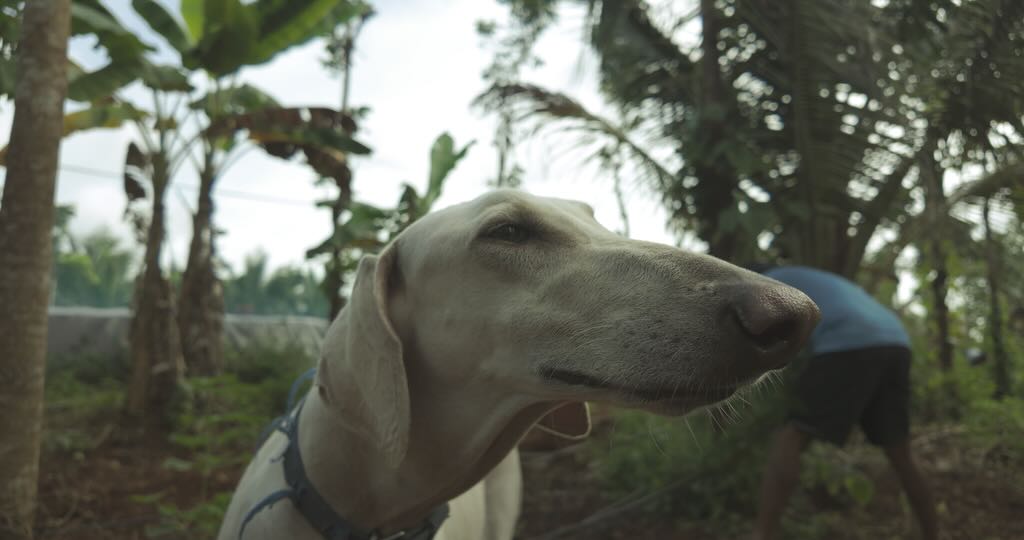


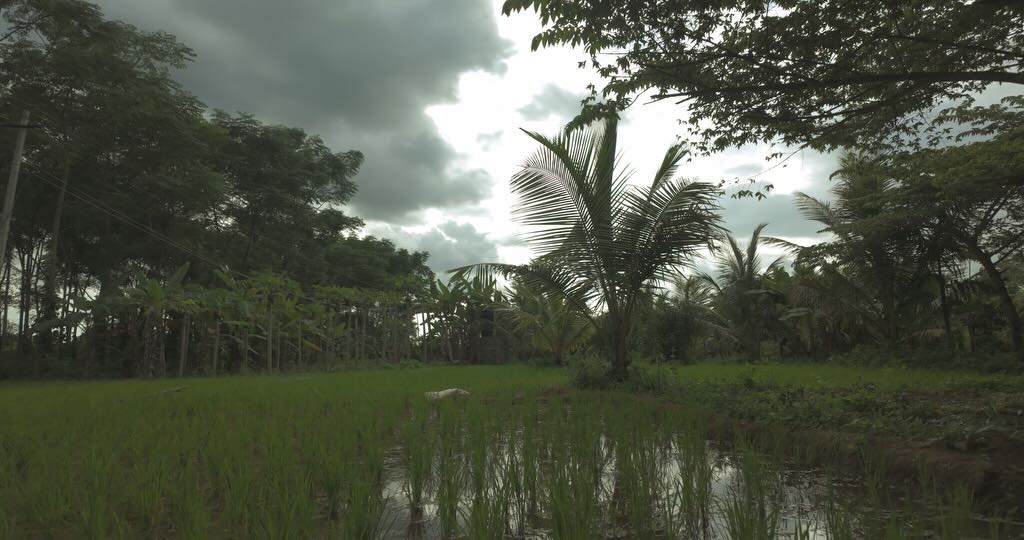
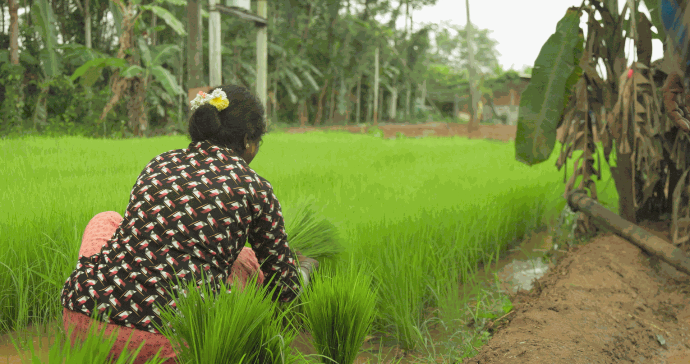
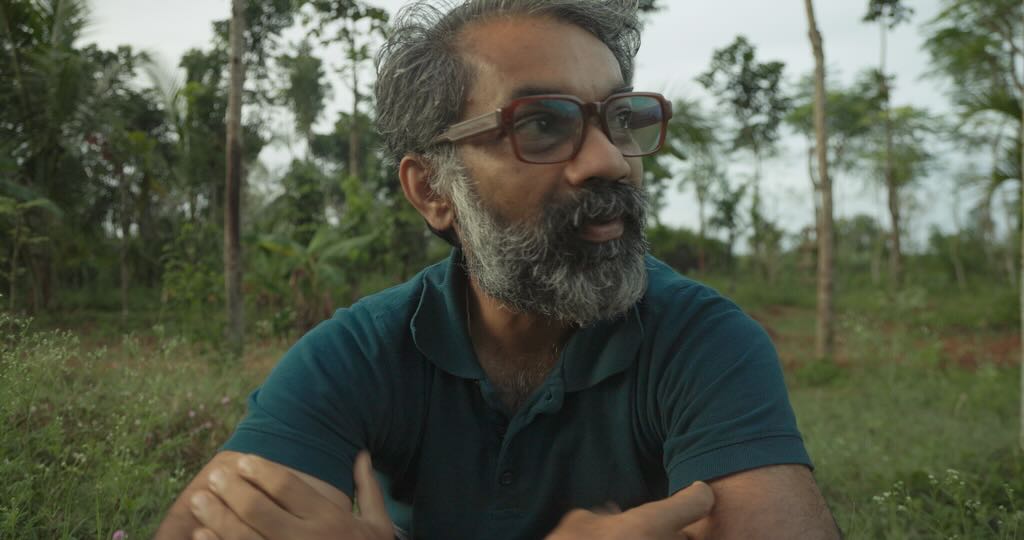
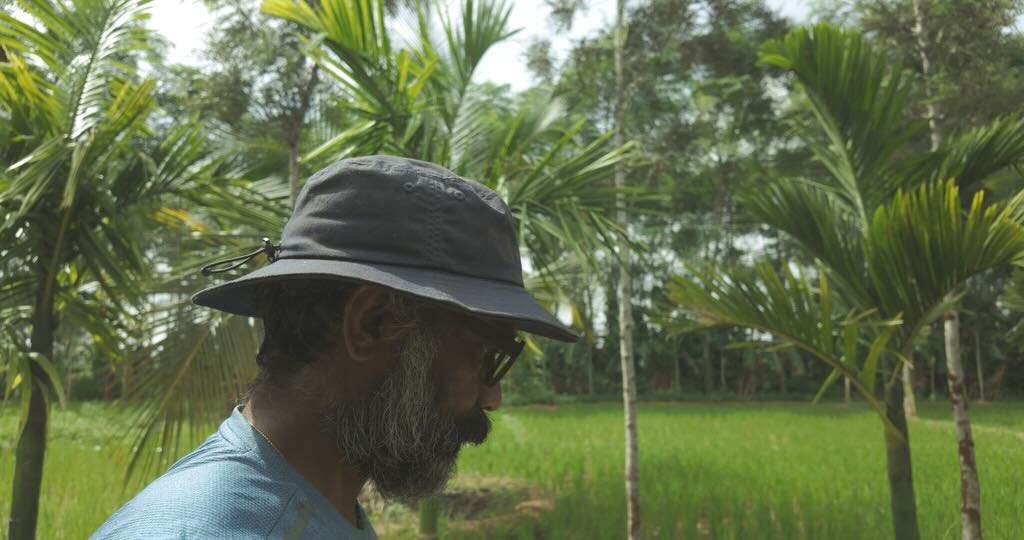


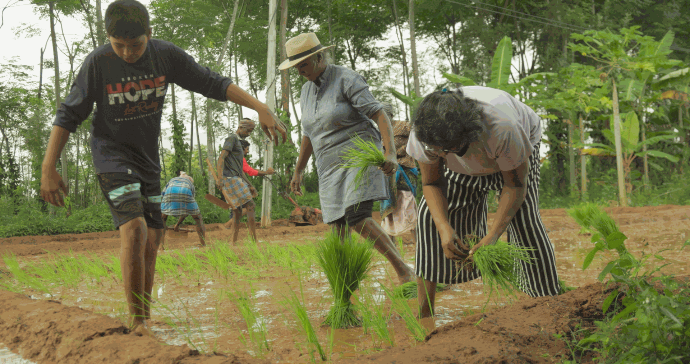
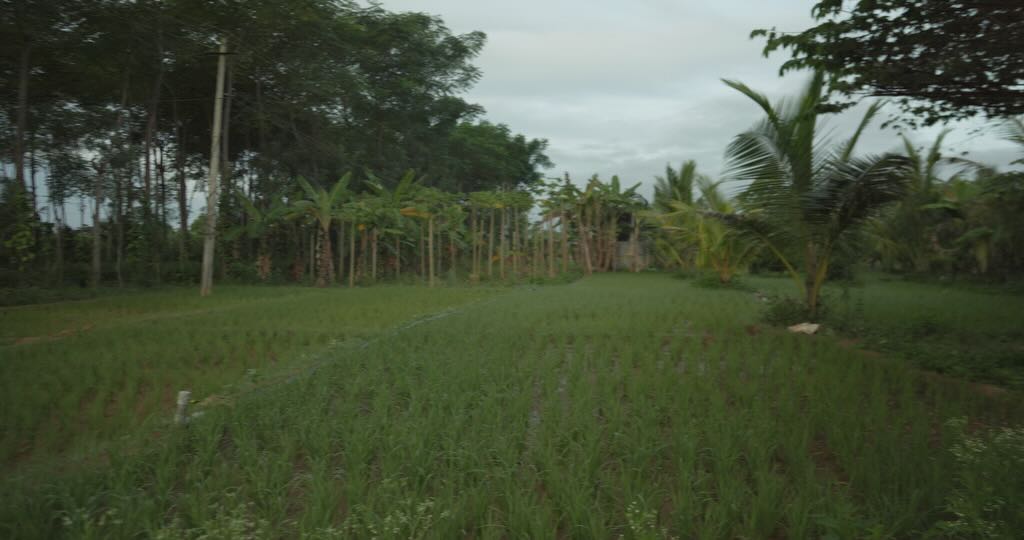
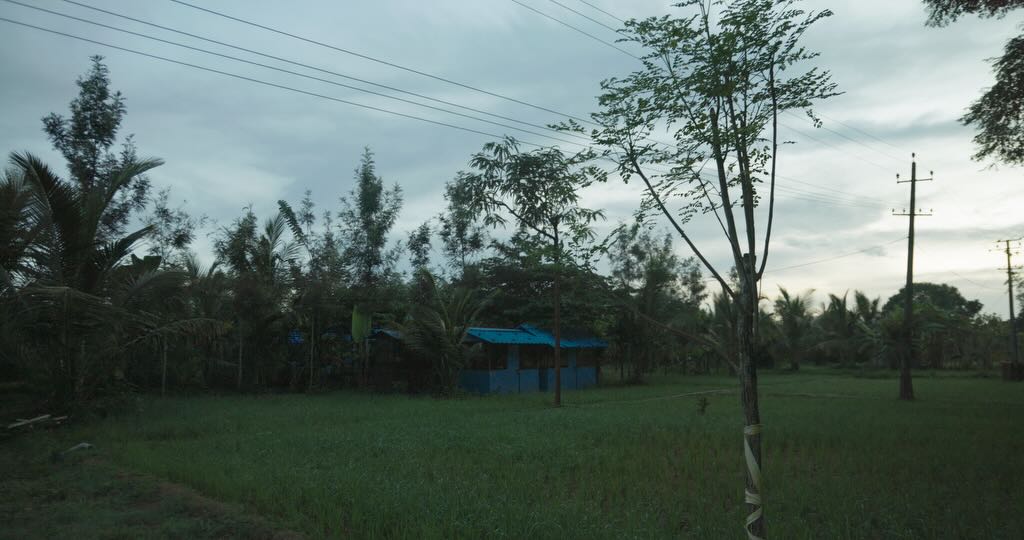
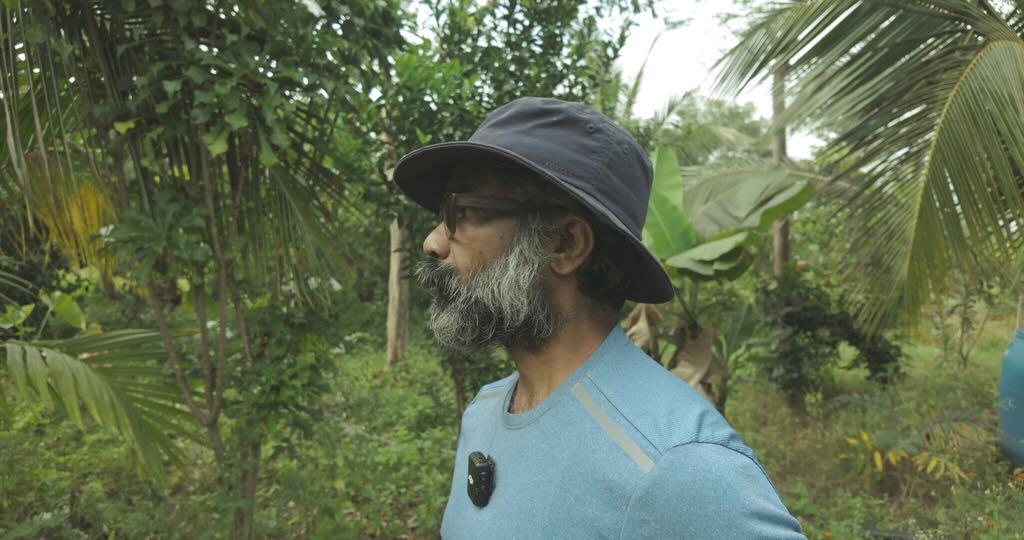
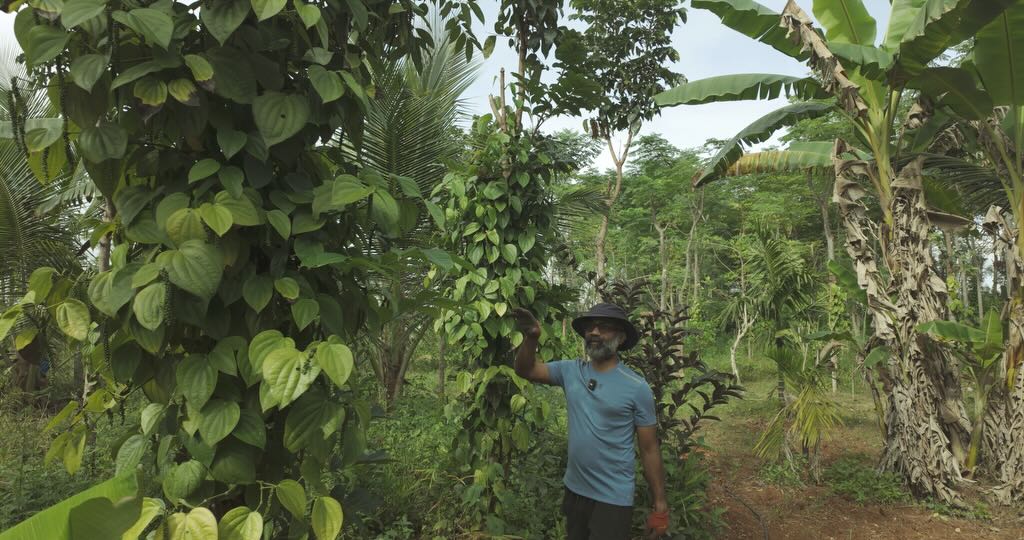
Paddy coming up good